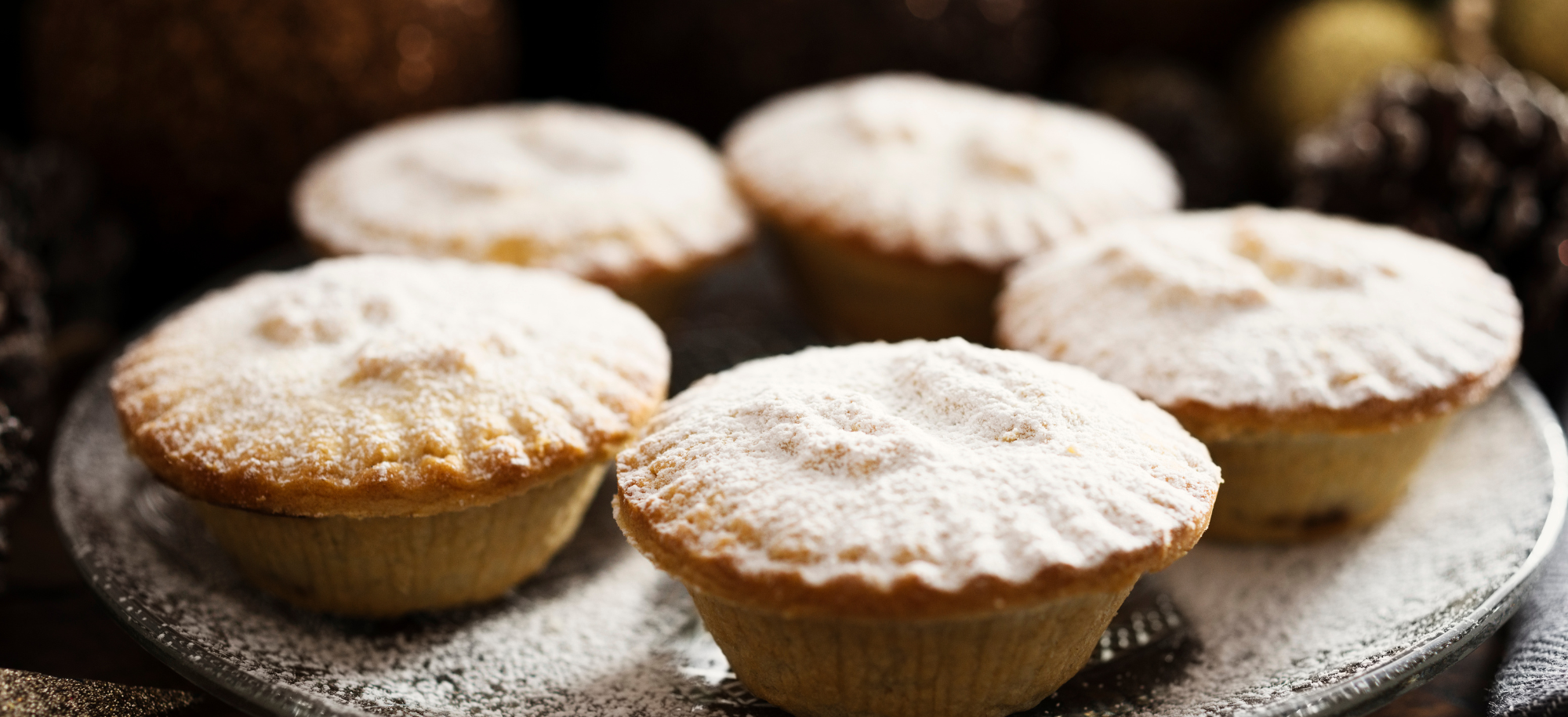
Winter celebrations such as Christmas and New Year have long been associated with feasting. But, what are now seen as festive food traditions (think mince pies and richly spiced fruit cakes) were once a bold and daring foodie adventure.
The not-so-humble pie
Dr Amanda Herbert, from our Department of History, has been researching food in the Early Modern period (1450-1800 CE) – a time when global trade, including in foods and spices, was rapidly increasing.
As exotic ingredients from around the world were becoming more available, Dr Herbert's research shows that there was one particular dish that quickly became the star of new food adventures – the pie.
In Early Modern times, pie offered a way to encase a range of ingredients in a crust which, if sealed correctly, could keep fresh for days or weeks, which was useful in the days before refrigeration.
Daring new American ingredients such as chilli, vanilla, potatoes, tomatoes, and pumpkin joined cinnamon, nutmeg, mace, and ginger, which were sourced from Asia.
As all of these foods and spices found their way to British shores, the wealthy started using pies to explore and share these new flavour combinations.
A taste of the world and a step into the unknown
Pies started to be packed full of ingredients from around the world. They were enjoyed at feasting times and were even sent to friends and relatives as gifts.
Celebrity chef of the day, Robert May, encouraged families to enjoy a feast of five different pies on New Year's Day, packed with expensive ingredients ranging from game and venison to fruits, nuts and spices from around the world.
References in literature, art and music from the period show that these new tastes evoked thoughts of new landscapes, climates and people.
But, they also brought some trepidation. As excited as people were to try these new flavours, they were also wary of the potential effects these unknown foods might have on their bodies.
Pastry 'coffins'
What's more, pies also involved an element of jeopardy. If sealed correctly then, when sliced, diners would enjoy a dish packed with flavour and expensive ingredients.
But, if the pie has not been sufficiently sealed (either with butter, fat or gelatine) then that first slice would reveal a rotten, potentially poisonous filling.
Another word for pie during Early Modern times was 'coffin' – a nod to this element of danger, and a dark humour that was not lost on people at the time.
The work of Shakespeare and others includes jokes about this double entendre.
A bite of history
Thankfully, safety is less of a concern when biting into a festive treat these days.
But, for those who may tuck into a mince pie at Christmas, or enjoy a slice of rich fruit cake, we are also enjoying a taste of history, taking us back to a time when these flavours and ingredients were a foodie adventure into the unknown.






